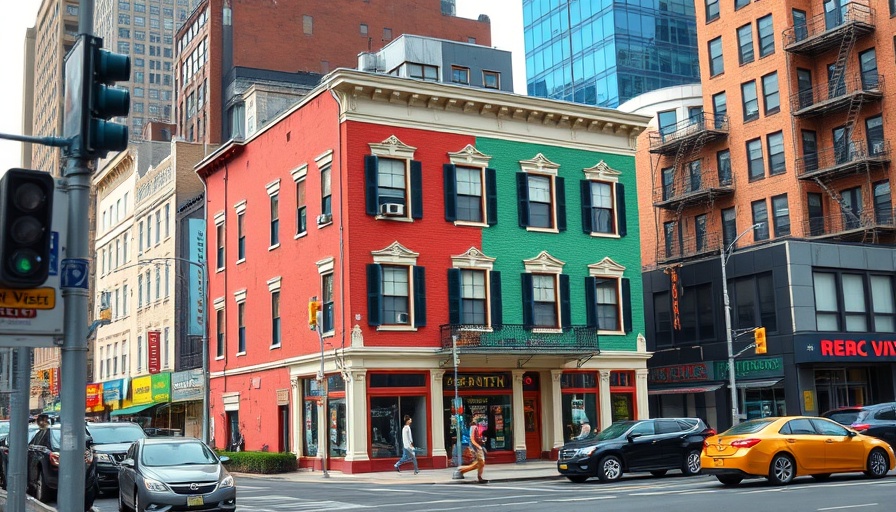
A Cultural Explosion: The Harlem Renaissance
The Harlem Renaissance marks a pivotal era from the 1910s to the mid-1930s when Harlem transformed into a cultural mecca for African Americans, showcasing unparalleled artistic expression across literature, music, and the performing arts. This was a period when African American artists, writers, and musicians broke free from societal constraints and stereotypes, redefining Black identity.
The Influential Figures Who Shaped Harlem
Central to this movement were notable figures like Langston Hughes, Zora Neale Hurston, and Aaron Douglas, whose works encapsulated the vibrant spirit of Harlem. Hughes’ poetry reflected the hopes and struggles of African Americans, while Hurston’s anthropological approach captured the depth of Black culture. Douglas’ art conveyed the stories of Black life through innovative visual narratives.
Harlem's Nightlife: A Hub of Creativity
In addition to literature, Harlem’s nightlife was integral to its cultural renaissance. Clubs like the Cotton Club and The Savoy Ballroom became iconic venues where jazz legends like Duke Ellington and Billie Holiday performed. These establishments, however, were paradoxical—while they celebrated Black culture, they often catered primarily to white audiences, highlighting the complex racial dynamics of the time.
A Legacy That Endures
The impact of the Harlem Renaissance extended beyond mere aesthetics; it was a movement that built the groundwork for future civil rights activism. The ideas of racial pride and cultural identity that emerged during this time continue to resonate today, inspiring generations to celebrate and advocate for Black culture and rights.
Conclusion: Embracing Roots for Tomorrow
As we reflect on the Harlem Renaissance, it is important to recognize how art can serve as a catalyst for societal change. By understanding and appreciating this pivotal cultural moment, we empower ourselves to engage with contemporary issues of race and identity. This appreciation not only enriches our own lives but honors the legacy of those who paved the way for future generations.
 Add Row
Add Row  Add Element
Add Element 



 Add Row
Add Row  Add
Add 
Write A Comment